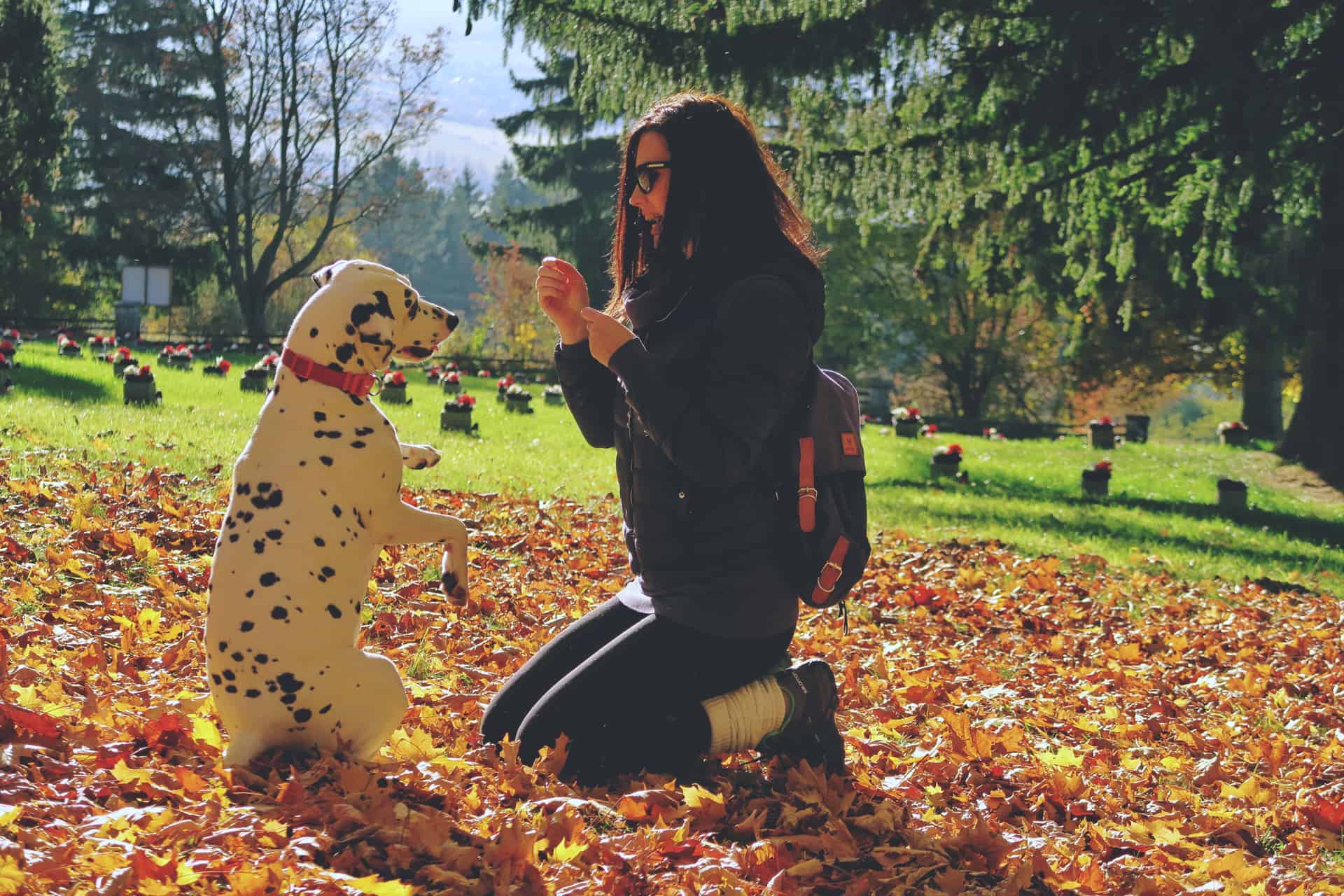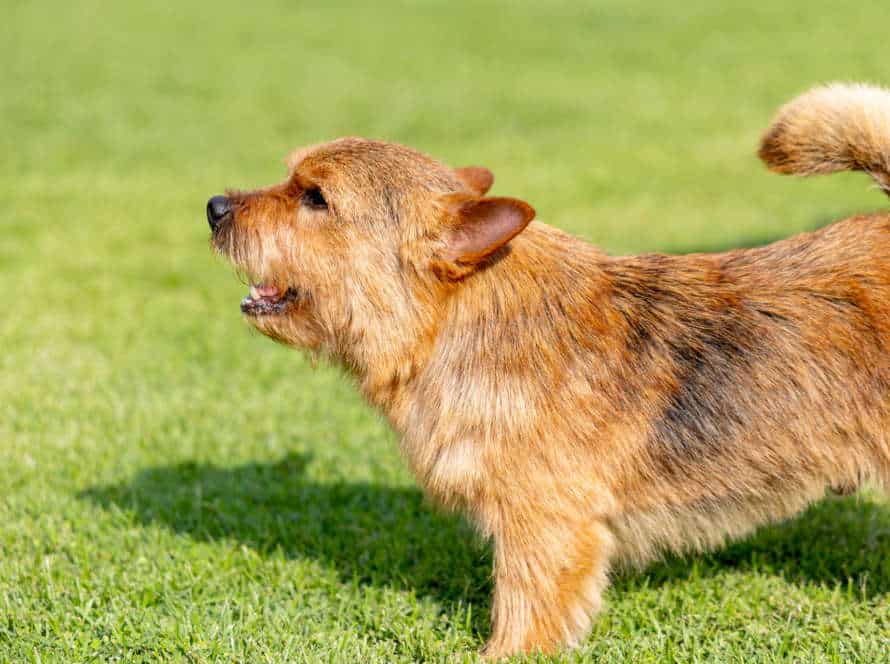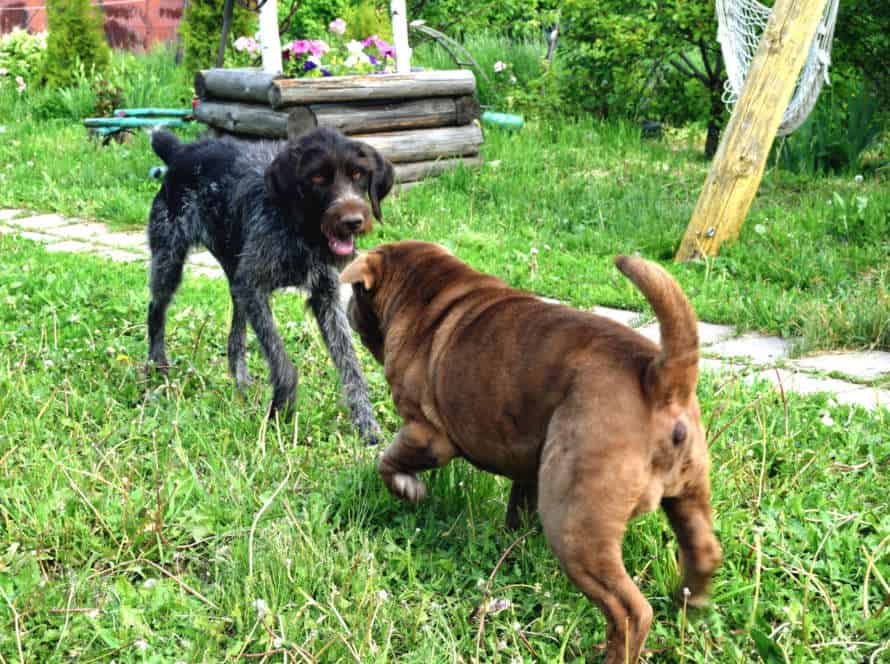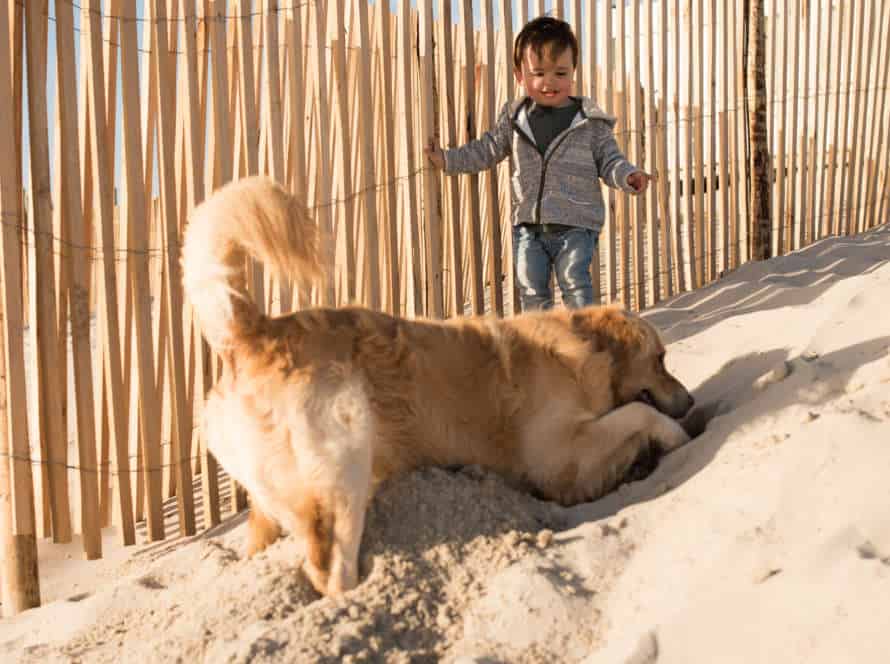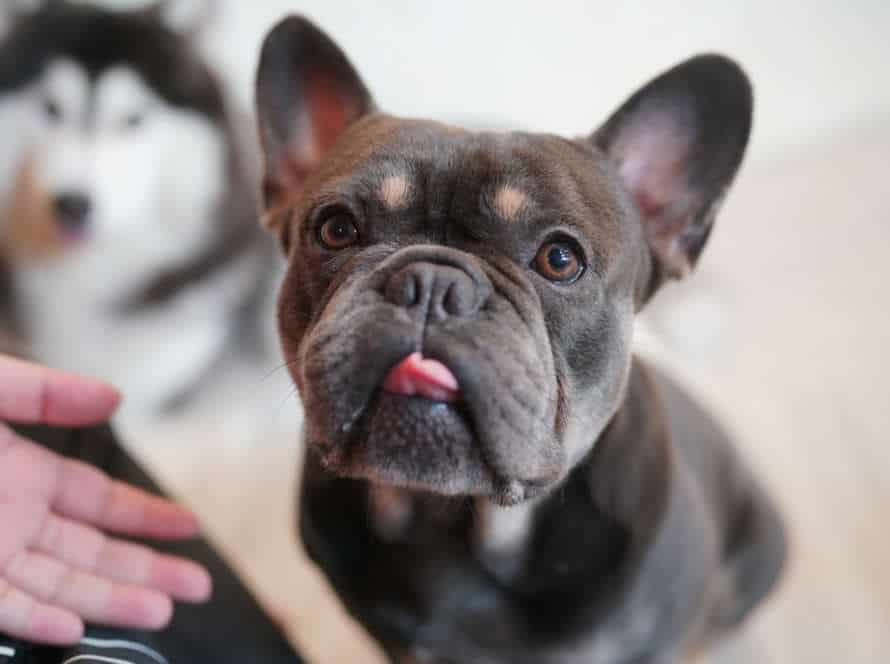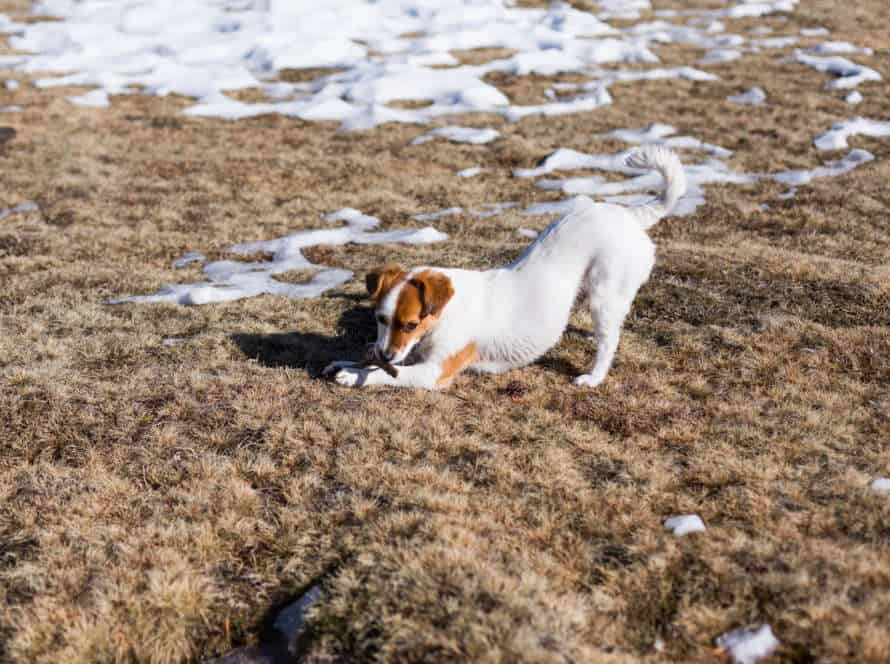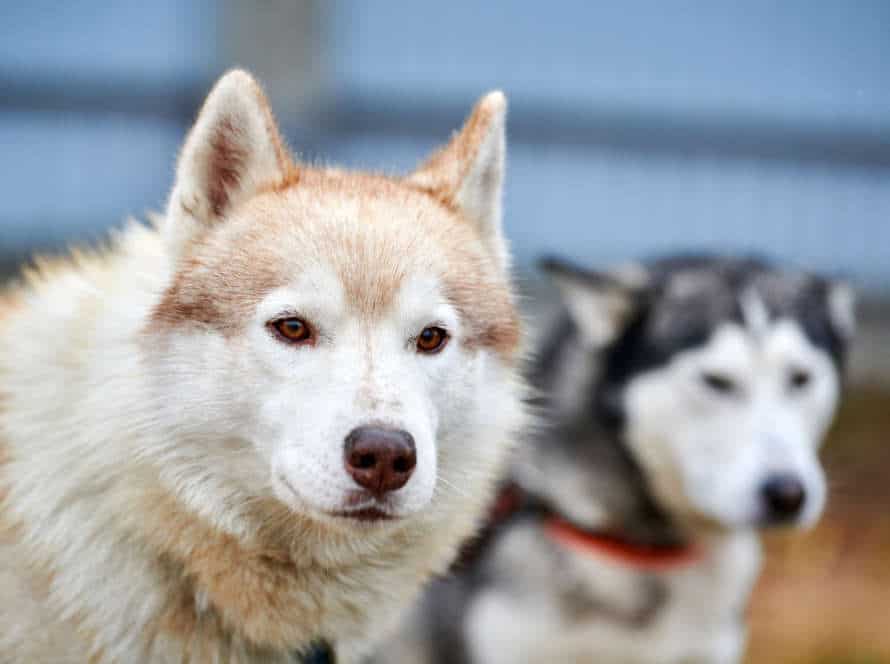The Importance of Consistent Training for Aggressive Dogs
Consistent training is vital for controlling aggressive behavior in dogs. It helps them comprehend appropriate reactions and boosts positive experiences with their owners and other animals.
To make it effective, it’s necessary to:
- Set up clear rules and expectations for your dog’s behavior.
- Teach your dog suitable behaviors and responses to different scenarios.
- Enhance your dog’s socializing aptitudes and interactions with other animals.
- Advance positive reinforcement for good behavior and discourage negative reinforcement for aggressive behavior.
Training alone might not always be enough to manage aggressive behavior in dogs. In some cases, a mix of training and behavioral therapy might be required to resolve core issues and promote positive behavioral changes.
Pro tip: If your dog displays aggressive behavior, it’s advisable to get professional help from a certified dog trainer or behaviorist.
Understanding Aggressive Dog Behavior
It’s essential to realize that aggression in dogs is mostly learned. This is generally due to inadequate boundaries, structure and consistency. Therefore, training and rules should be applied to an adult dog’s behavior. Without these regulations, aggressive behaviors can show and can be tough to stop. This article emphasizes the importance of consistent training for aggressive dogs.
Identifying Signs of Aggressive Behavior in Dogs
As a dog owner, it’s essential to be aware of the signs of aggression in dogs. Such behavior can put you and others at risk.
Signs to look out for are:
- Growling, snarling, barking.
- Showing teeth, raised lips or a wrinkled nose.
- Biting, nipping or snapping at people or other animals.
- Stiff body posture, raised hackles or a closed mouth.
- Avoiding eye contact or cowering.
Generally, aggressive behavior in dogs is the result of poor training or lack of socialization. With regular training and socialization, it’s possible to modify this behavior. Professionals like dog trainers or behaviorists can also help.
Pro Tip – Don’t punish an aggressive dog. Focus on positive reinforcement and reward-based training.
Understanding the Root Cause of Aggression in Dogs
Aggression is a common problem for dog owners. To address it, it’s vital to know the reason behind the behavior. Possible causes include:
- Fear – if a dog feels intimidated or scared, it may become aggressive.
- Lack of socialization – if a dog hasn’t been exposed to others, it may be aggressive when introduced.
- Medical issues – dogs in pain could be aggressive.
- Lack of structure and training – those with no firm rules may become dominant.
Understanding the cause is essential to improve the behavior through training. With patience, consistency and the right intervention, aggression can be reduced.
The Importance of Early Socialization and Training
Socialization and training are key for molding a dog’s behaviour, particularly if they are aggressive. Early socializing can stop them being aggressive and improve their interactions with other dogs and people.
Why is early socialization essential? It helps puppies form positive connections with all the environments, people and animals they will later meet.
Early training can stop dangerous behaviours before they become habits that are harder to break.
Consistent training is great for their mental health, reduces anxiety and builds trust between the dog and owner.
Aggressive behaviour isn’t exclusive to certain breeds or temperament; it is learnt depending on the environment and experiences.
Socializing and training your dog from the start can stop aggressive behaviour and create healthy relationships. Tip: Make sure to socialize and train your dog regularly to make a safe and pleasant environment for both of you.
The Risks of Inconsistent Training for Aggressive Dogs
Consistency is super important when training aggressive dogs. If owners don’t stick to their pup’s routine, the results can be wild and dangerous. We’ll look at what can happen if proper and consistent training isn’t given to aggressive dogs. Plus, how to make sure your pup is on the path to good behaviour.
Reinforcing Negative Behaviors
Inconsistent or inadequate training can lead to negative consequences for both dog and owner. This may cause a dog to become more aggressive, anxious, or fearful.
To avoid this, consistent training methods should be implemented. Positive reinforcement, where a dog is rewarded for good behavior, is one of the best ways to teach good behavior. This will not only help the dog learn, but also create a bond between the two.
In case of severe aggression, professional help should be sought. Love and patience can cure most behavior issues in dogs.
Frustration and Lack of Trust
Inconsistent training for aggressive dogs can be a risk. It can lead to frustration and trust issues between the dog and its owner.
These dogs need consistent and patient training to break bad habits and create new ones. It can be confusing for them if the training is not consistent.
This can lead to both the owner and dog being frustrated and a lack of trust.
It can also lead to aggression and dangerous behavior. If the dog does not understand what is expected of them, they may become aggressive.
The consequences can be serious for the owner. Injury or legal repercussions are possible.
Consistent and positive training is essential for aggressive dogs. This must be done regularly and with patience and understanding to build trust.
Increased Risk of Injury or Legal Action
Inconsistent training of aggressive dogs can be hugely detrimental. It can result in injury or legal action. Thus, consistent training is essential.
Aggressive dogs need proper training to manage their behavior. Inconsistent training can cause confusion and increased aggression. Untrained aggressive dogs are more likely to fight with other dogs, be destructive and display problem behaviors. This can lead to fines, seizure of the dog or lawsuits against the owner. In addition, the dog is at risk of self-inflicted or other-caused injury.
Therefore, aggressive dogs must be given consistent training and positive reinforcement to develop better behavior and prevent harm.
Pro tip: Professional dog trainers can be incredibly helpful for owners of aggressive dogs.
Consistent Training Techniques for Aggressive Dogs
Training an aggressive pup can be tough for any pet parent. It is super important to keep yourself and pooch safe that you use consistent training methods. By applying certain training approaches, you may begin to observe a change in your doggy’s behavior. To help, let’s look into the details of how to effectively train an aggressive dog.
Positive Reinforcement Training
Positive reinforcement training is a great way to work with aggressive dogs or those with behaviour issues. Instead of punishing or scaring them, reward good behaviour with treats, praise or other incentives!
Here’s how:
- Work out what motivates your dog – food, toys or attention?
- Reward good behaviour as soon as it happens.
- Be consistent with rewards and ignoring bad behaviour.
- Use clear commands, tones and body language.
This type of training helps strengthen the relationship and leads to long-term behavioural changes.
Pro tip: Patience and consistency are key! It might take time to see results, but you and your dog will benefit in the end.
Consistent Commands and Boundaries
Consistent commands and boundaries are key when training aggressive dogs. This builds trust and respect between the owner and the pup, plus teaches them what is acceptable behaviour. To make this happen, try the following:
- Use easy to understand voice commands.
- Be consistent with the rules and boundaries. Dogs can get anxious when rules are not enforced.
- Give treats and praises when they do something right.
- Address bad behaviour immediately and consistently.
Consistent techniques will help the aggressive dog be better behaved. Plus, it develops a stronger bond between the owner and the dog.
Addressing Underlying Anxiety or Stress Factors
Aggressive behavior in dogs can be caused by anxiousness or stress. This shows why it’s so important to address these problems with consistent training.
Common causes of aggression include fear, territory, and lack of socialization.
Using consistent techniques such as positive reinforcement, counterconditioning, and desensitization can help.
- Positive reinforcement means rewarding good behavior.
- Counterconditioning is changing an aggressive response to a positive one.
- Desensitization is slowly exposing the dog to something and then increasing the intensity of the exposure.
It takes time and patience to train an aggressive dog. Consistency is key. By addressing underlying factors and using consistent techniques, you can help your dog overcome aggression and live a happy life.
The Role of Professional Trainers in Training Aggressive Dogs
Training an aggressive pup can be tough. To ensure safety and have a successful experience, the owner needs to be equipped with the right resources. One great way is to get help from a professional trainer. They know what to do and have the experience to show the dog and owner how to work together. We’ll talk about the role of pro trainers in training an aggressive dog and how important consistent training is.
Finding an Experienced Trainer for Aggressive Dogs
It is important to find a trainer who understands aggressive dogs. An experienced pro can help you identify the cause of the aggression and how to use positive reinforcement to change it.
Consistent training is key. Aggressive behaviour is not easy to change and will take time. The right trainer will create a plan tailored to you and your dog and monitor progress.
Never ignore aggression in dogs. Get professional help to keep everyone safe and make sure your dog gets the care they need.
Developing a Customized Training Plan
Customizing a training plan is key in changing aggressive dogs’ behavior. Professional trainers are vital for designing and implementing plans that meet the unique needs of each pup.
Steps to customize a plan:
- Assessment: Evaluating the reasons for aggression and temperament plus behavior patterns.
- Goal Setting: Realistic, achievable goals based on the dog’s responsiveness and owner’s expectations.
- Designing a Program: Positive reinforcement-based program increasing in difficulty.
- Consistency: Same routine, same cues, and consistent rewards for good behavior.
A professional trainer can create a plan to transform aggressive pups and improve their life.
Tip: Professional classes and trainers experienced with aggressive dogs increase the chance of success.
Working with a Professional for Long-Term Results
A pro is a must for long-term success with an aggressive dog. They can assist you in understanding the reason for your pup’s aggression and create a plan adapted to them. Here are further ways they can help:
- Pinpoint triggers that cause aggression and how to better manage them.
- Educate on how to reward good behavior and discipline bad.
- Monitor progress and alter plan if needed.
Finally, routine is important for aggressive dogs. Creating a consistent training plan and staying with it will help the dog learn positive behaviors better.
Maintaining Consistency for Long-Term Success
Consistent training is key to controlling aggression in dogs. Training that is done wrongly or unpredictably, can cause your dog confusion and anger. So, staying consistent with your training is vital to help your pup understand the correct behaviour, and to have lasting achievements. This article will talk about the worth of consistent training for aggressive dogs, and how it can assist you with reaching your aims.
Incorporating Training into Daily Routines
Training daily is key for long-term success, especially for aggressive dogs. It helps create good habits, get rid of bad ones and build strong relationships. Follow these tips to make training part of your routine:
- Short and frequent sessions, 10-15 mins daily.
- Use treats and praise to encourage desirable behavior and discourage bad habits.
- Train in different environments and situations.
- Incorporate it into activities like mealtimes or walks.
With consistent practice, patience and love, aggressive dogs can become well-behaved companions.
Addressing Changes in Routine or Environment
Aggressive behavior in dogs may be caused by changes in their routine or environment. To address such changes and help your dog’s behavior, keep a regular training schedule. Here are some tips:
- Set aside specific times each day for training.
- Use the same cues and commands consistently.
- If changes are unavoidable, try introducing them gradually.
- Reward good behavior with treats, toys, or affection.
Consistent training will not only address your dog’s aggressive behavior but also improve your bond.
Celebrating Small Successes and Maintaining Positive Reinforcement
Positive reinforcement is key when training an aggressive dog! Celebrate small successes and reward good behaviour – this is more successful in the long-term than punishing bad behaviour. Here are some tips:
- Identify which behaviours you want to encourage and reward them immediately when they happen.
- Use verbal praise, treats or toys to reinforce positive behaviours.
- Be consistent with your rewards and training methods to avoid confusion for your pup.
- Avoid punishing or scolding as this can cause fear and aggression.
- Acknowledge even the tiniest bit of progress.
Positive reinforcement can help modify aggressive behaviour and build a strong bond between you and your dog.
Frequently Asked Questions
1. What is aggressive behavior in dogs?
Aggressive behavior in dogs can manifest in different ways, including growling, barking, biting, and snapping. It can be triggered by various factors such as fear, territorial instincts, or lack of socialization.
2. Why is consistent training important for aggressive dogs?
Consistent training helps aggressive dogs learn new behavior patterns and control their impulses. It also helps owners understand their dog’s triggers and develop strategies to manage their behavior.
3. What are some common training techniques for aggressive dogs?
Common training techniques include positive reinforcement, desensitization exercises, and counter-conditioning. A qualified trainer can tailor a training plan to the specific needs of the dog.
4. Can all aggressive dogs be trained?
While not all aggressive dogs can be cured of their behavior, most can benefit from consistent training and management strategies. It is important to work with a qualified trainer or behaviorist to develop a customized plan for each dog.
5. How long does it take to train an aggressive dog?
The length of time it takes to train an aggressive dog can vary depending on the dog’s individual needs, the severity of the aggression, and the consistency of the training. It is important to be patient and committed to the process of training an aggressive dog.
6. Can medication be used in conjunction with training for aggressive dogs?
In some cases, medication may be prescribed to help manage the underlying causes of aggression, such as anxiety. However, medication should always be used in conjunction with training and under the guidance of a veterinarian.

